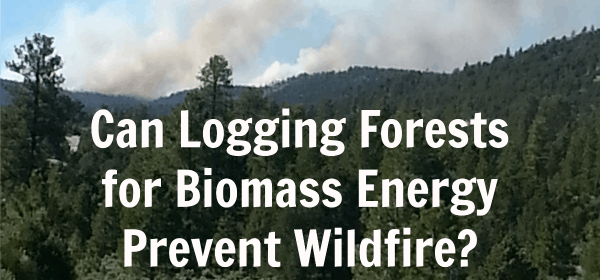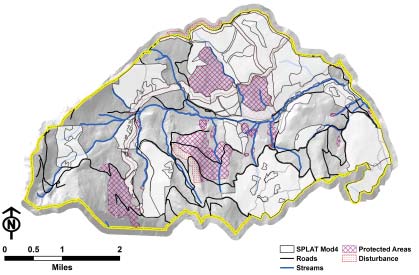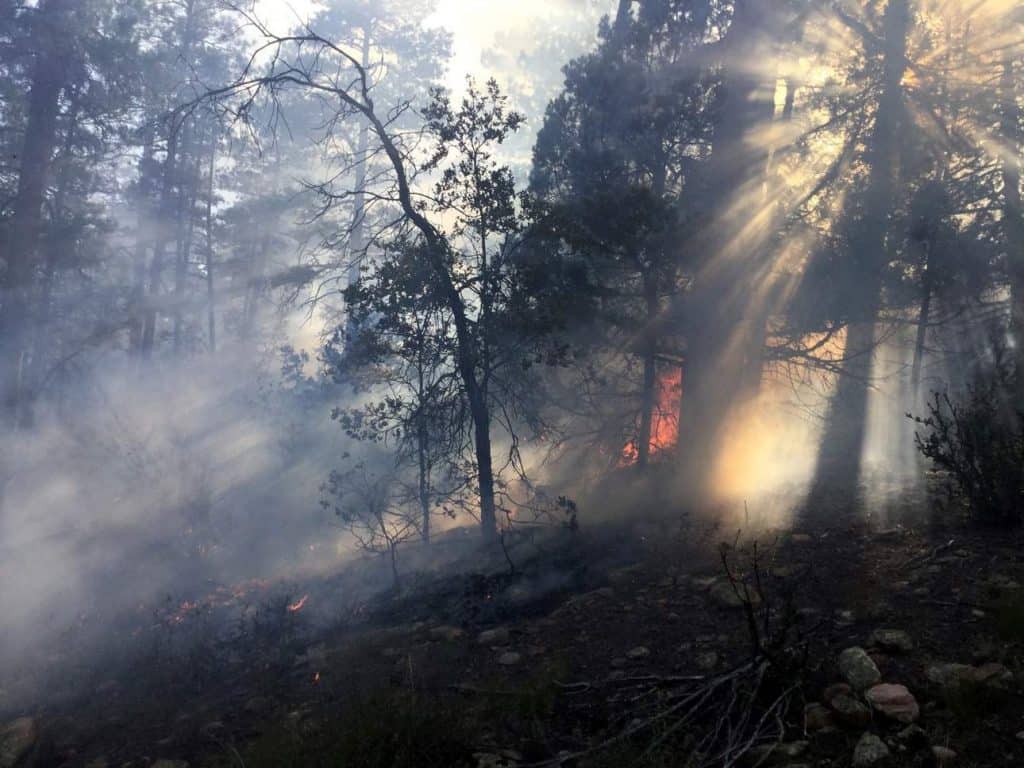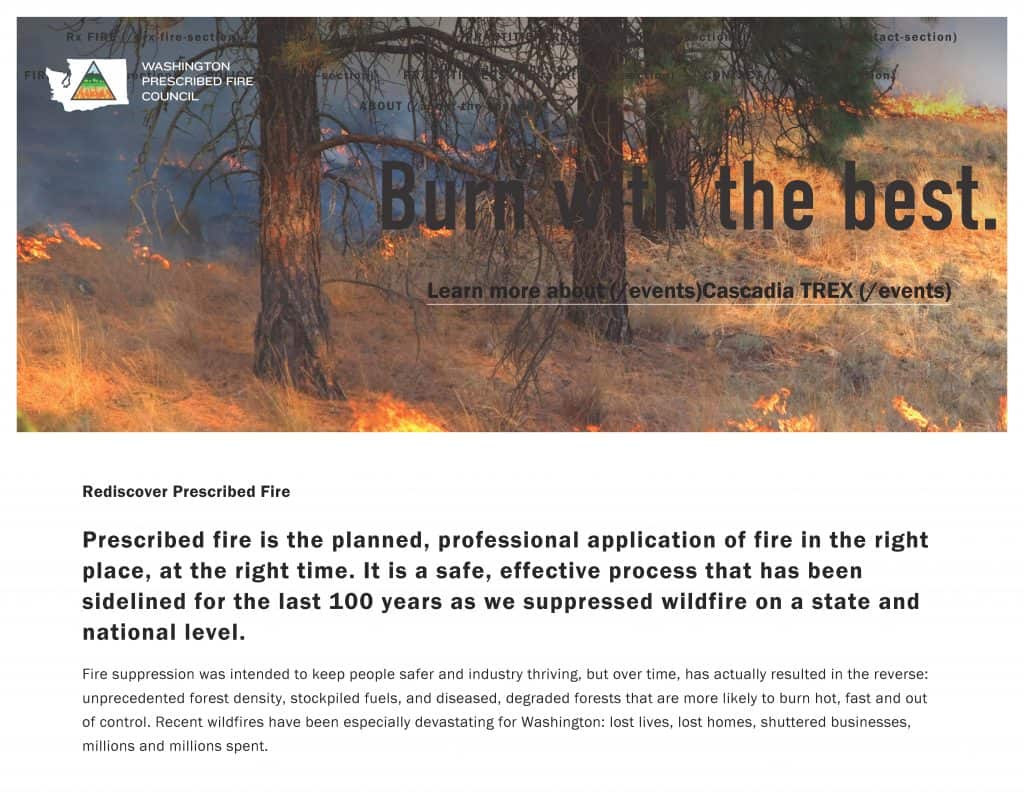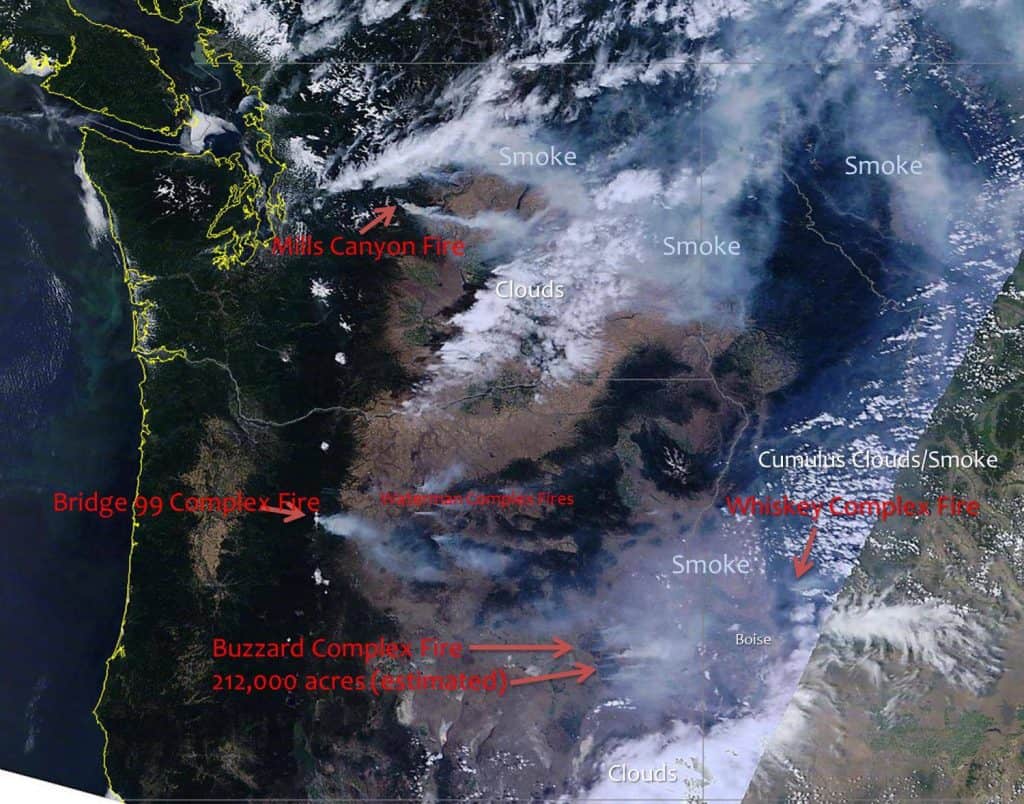I found this discussion to be very interesting, and I think the Biomass Monitor is going to post a recording on their website here. It seems like everyone agrees that “more fire is needed” in dry western landscapes, as we discussed before. It also seems like (some) fire ecologists think that it is important to recreate frequencies of different intensities of fire similar to the past. I was a little confused because every area’s fire history is different, and it seems like there was Native American burning, then not, then fire suppression, and what we see on the landscape today or in the past is a function of all these changes (so where is the point/ranges ecologists want are going back to?) How do we know that there are so many birds that like snags now, is because we have provided more snags in the lst 100 years due to fire suppression and more high intensity fires?
It doesn’t bother me that ecologists want to go back to some past that they identify, or want to protect species that are currently rare. But I’ve got to wonder if the folks who are worried about megafires (there would be no shortage of nags, conceivably) are on the same wavelength. Mostly I am concerned that we would spend mucho bucks to “restore” areas to certain things from the past, that can’t possibly be the same due to the presence of people and climate change. If climate change is going to cause all kinds of big shifts in plant and animal populations, shouldn’t we just accept the fire frequencies we can afford to manage?
It seems to me that there may be a tension between different scientific communities..
(1) Climate Change science- Megafires, be very afraid, vegetation will completely change.
(2) Fire ecologists- Let’s try to replicate previous conditions.
(3) Fire scientists- if we do prescribed burning, then we can reduce fuels at the landscape level, that will help suppression efforts for people and also manage fire toward desired ecological conditions.
(4) Fire ecologists- that wouldn’t make enough high-severity fire acreage as “we need.”
My question is that given how hard it is to do prescribed burns, EVEN IF FOLKS DID A LOT MORE, WFU will still be popular, so how can a person predict that the resultant mix would not be “enough” as identified by ecologists (although I don’t really agree with the idea of trying to replicate historical conditions, but given for now that that is a desirable goal)?
As this discussion was going on, I was thinking maybe there was ground for possible agreement:
(1) We do WFU only in roadless, wilderness and parks, and other areas under conditions without danger to populations as identified through public process in a fire plan, and
(2) in other areas, prescribed burning, based on fireshed assessments of where it might be needed for protection of watershed, people, and other reasons is done,
a. And in those places, if it were determined that tree removal would make for better fuel reduction, removing trees would be OK.
At that point, ecologists could analyze whether the amount of snags from (1) plus a range of scenarios of plain old wildfires would be “enough.”
As an aside, it sounded like one of the participants was really worried about the Westerman bill. I think that there are all kinds of reasons to think it isn’t a good bill, but very few reasons to worry about it being passed into law. Does anyone know why folks would think it is close to passage (as in passed by both houses and signed by the President?)
